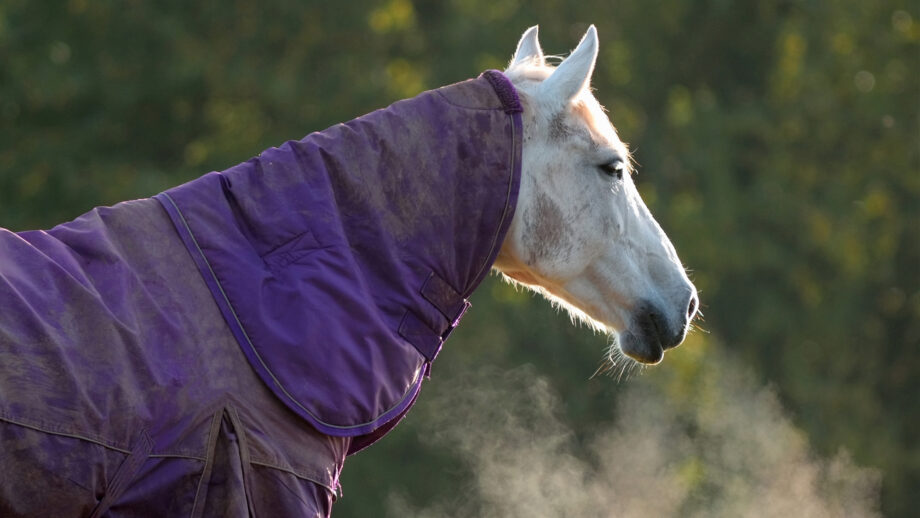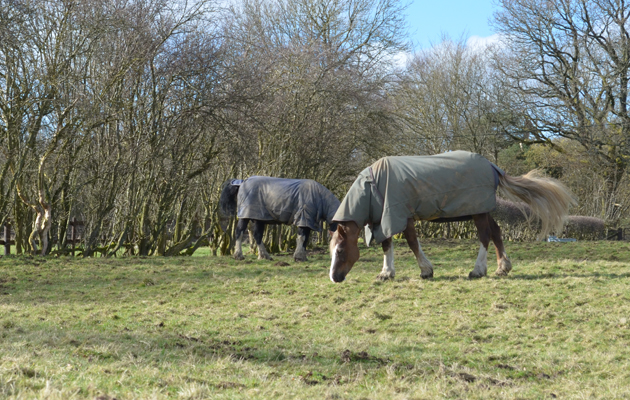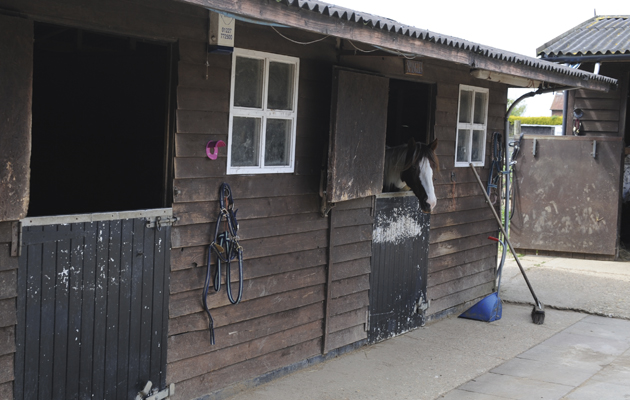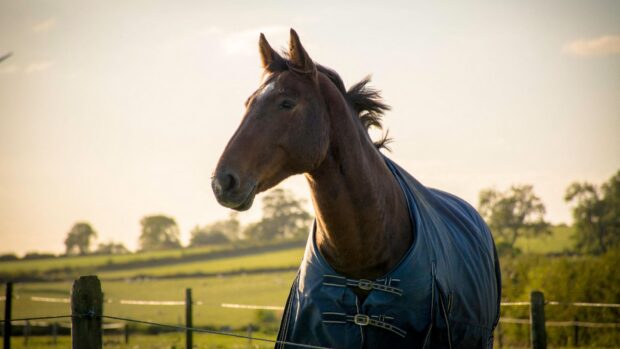Does your horse live out happily all summer, but you worry when the nights close in and the wind picks up that he might not fare so well? Or are you itching to clip, but don’t want to while he’s living out 24/7? These are just a few considerations to take into account when trying to decide when – or if – to bring your horse in at night during winter, so we asked the experts for their opinions.
World Horse Welfare’s UK Support Officer, Tanya Element, says: “Knowing your horse is the key factor here and, as with any time of the year, it is about assessing your horse’s behaviour and condition. Each horse is different, so monitor your horse daily and if they start to look tucked up or if their winter coat isn’t coming through as much as it should, then this would signal it being a good time to bring your horse inside overnight.”
Vet Karen Coumbe agrees it depends on the type of animal, but also the facilities you have available.
“If you have shelter in the field, a decent amount of grazing and not too much mud, a horse carrying sufficient condition and wearing a suitable waterproof rug when needed will be better off out than in — even if it’s really windy and raining,” she says.
Tanya concurs: “Of course not everyone has stabling, or you may prefer your horse to live out as much as possible, in which case you can rug your horse if they start to show signs that they are not coping with the weather.
“You can also consider if additional feed is required. If there is not much grazing out in the field, or if you start to stable your horse, make sure you give them appropriate amounts of additional forage.”
Better off out than in?
Most owners anthropomorphize when it comes to our horses — we’d be happier in, so wouldn’t they be, too? Karen thinks not, pointing out: “Even an older horse will benefit from being outside and moving around — fresh air is better than a dusty stable.”
“If your horse has a nice winter coat, enough grazing or forage, and they seem to be happy living out, you can continue with your daily routine,” Tanya adds. “It is very dependent on the conditions that he or she is living out in. If the weather is consistently wet, and your paddock starts to become poached, then you could bring your horse in to give the field some rest.”
Karen agrees: “If your grazing becomes poor, your horse lacks condition, or you do not have decent waterproof rugs — and assuming you do have a suitable stable — the horse would be better off coming in at night then standing in mud 24/7.”
Knowing your horse
Weighing up all these factors, your intentions for the horse over the winter, whether you plan to clip, and what facilities you have available, will help you make the right decision on when to bring your horse in at night.
H&H hunting editor Catherine Austen brings her horses in as soon as they are clipped [in October], whereas H&H magazine’s features editor Martha Terry counters: “My eventer went out following the last event of the season until January — she was as tough as old boots.”
“It’s all about watching for a change in your horse — as you normally would — and keeping an eye on the weather,” says Tanya. “If you become particularly worried about your horse’s condition, we would always recommend you contact your vet for advice.”
You might also be interested in:

Does your horse really need to wear a rug?

Which rug should I put on my horse? H&H’s helpful guide to help you decide

Rug dilemmas: how can you make sure your horse is the ideal temperature?
The dilemma of which winter rug to put on your horse is one with which we are all familiar, so

Your horse’s essential wardrobe: which type of rug does my horse need?

Subscribe to Horse & Hound magazine today – and enjoy unlimited website access all year round
Horse & Hound magazine, out every Thursday, is packed with all the latest news and reports, as well as interviews, specials, nostalgia, vet and training advice. Find how you can enjoy the magazine delivered to your door every week, plus options to upgrade your subscription to access our online service that brings you breaking news and reports as well as other benefits.




